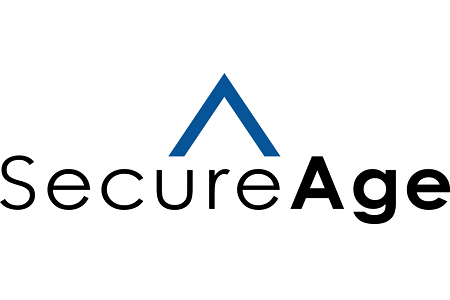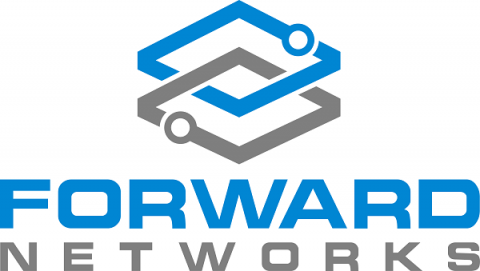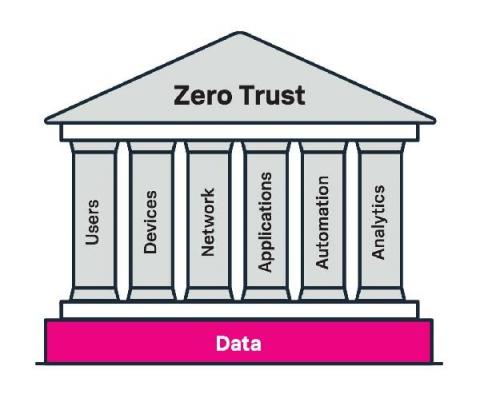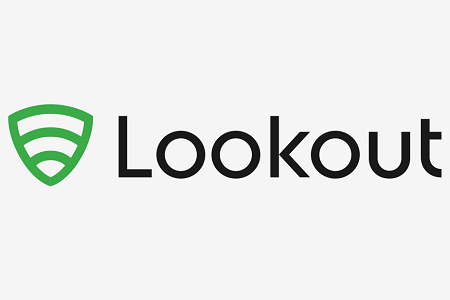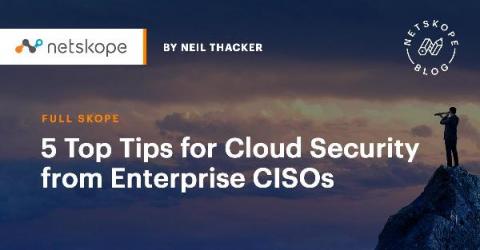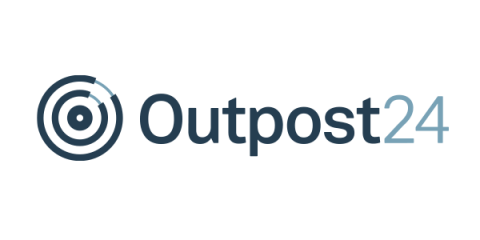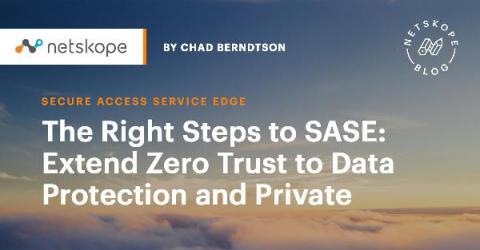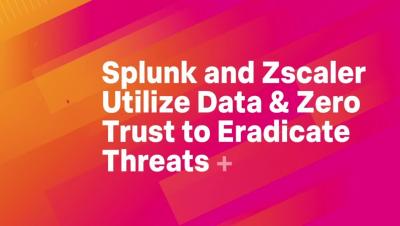What is Zero Trust Architecture? 9 Steps to Implementation
As more companies migrate to the cloud, the way that companies protect data changes as well. In a traditional on-premises network architecture, companies were able to follow the “trust but verify” philosophy. However, protecting cloud data needs to take the “never trust always verify” approach. Understanding what a Zero Trust Architecture is and how to implement one can help enhance security.



